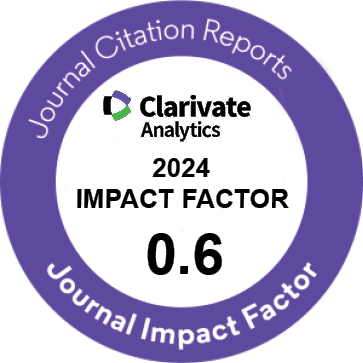| Original Article | |
| Relationship Between Demographic Factors and Religious Orientation and the Reproductive Behavior of Employed Women in Tehran | |
| Marzieh Saei Ghare naz1, Giti Ozgoli2, Fahimeh Hajizadeh2, Zohre Sheikhan2, Malihe Nasiri3, Sharareh Jannesari3 | |
| 1Student Research Committee, School of Nursing & Midwifery, Shahid Beheshti University of Medical Sciences, Tehran, Iran 2Center for the Study of Religion and Health, Shahid Beheshti University of Medical Sciences, Tehran, Iran 3Department of Midwifery & Reproductive Health, School of Nursing & Midwifery Shahid Beheshti University of Medical Sciences, Tehran, Iran |
|
|
IJWHR 2017; 5: 277?282 DOI: 10.15296/ijwhr.2017.47 Viewed : 6720 times Downloaded : 3133 times. Keywords : Employment, Religion, Reproductive behavior, Women |
|
| Full Text(PDF) | Related Articles | |
| Abstract | |
Objectives: Changes in the fertility rate over the past 3 decades in Iran warn us of the reduced rate of the fertility and negative population growth and fear of population aging in coming years. Given the nationwide important role of the fertility behavior in the country?s economic and social growth, this study aimed to determine the relationship between the demographic factors and the religious orientation and the reproductive behavior of women working in Tehran city, Iran. Materials and Methods: In this cross-sectional study, a total of 200 women working in the healthcare centers affiliated to Shahid Beheshti University of Medical Sciences and the selected education centers of Tehran and those who met the inclusion criteria, were selected using convenient sampling method. Moreover, the data were collected using reproductive behavior and religious attitude questionnaires developed by Golriz and Baraheni and the demographic questionnaire. Results: The findings showed that a total of 63.5% and 36.5% of women were working in the healthcare centers and education centers, respectively. There was a meaningful and reverse correlation between the reproductive behavior and the religious orientation in the present study (r = -0.23, P > 0.05). There was also a statistically significant difference between the place of employment and the reproductive behavior score (P > 0.05), in such a way that the average score for the reproductive behavior of women working in the healthcare centers was higher than that of women working in the education centers. Conclusion: The results of the present study indicated that the religious orientation affects the working women?s reproductive behavior. Thus, providing the perfect conditions to promote religious beliefs can play a prominent role in balancing individuals? reproductive behavior. |
Cite By, Google Scholar
Google Scholar
PubMed
Online Submission System
 IJWHR ENDNOTE ® Style
IJWHR ENDNOTE ® Style
 Tutorials
Tutorials
 Publication Charge
Women's Reproductive Health Research Center
About Journal
Publication Charge
Women's Reproductive Health Research Center
About Journal
Aras Part Medical International Press Editor-in-Chief
Arash Khaki
Mertihan Kurdoglu Deputy Editor
Zafer Akan






















